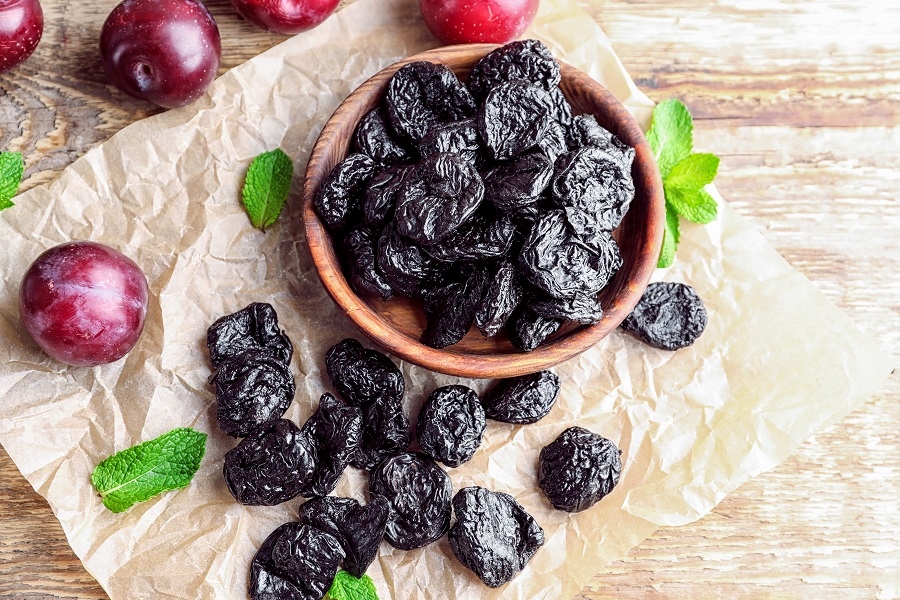Prunes complement GLP-1 diet as a nutrient-dense snack
Key takeaways
- Prunes offer a nutrient-dense snack option that complements the GLP-1 weight loss diet due to their high fiber content and natural sweetness.
- The fiber and natural sorbitol in prunes help support digestive regularity, which can counteract constipation, a potential side effect of GLP-1 medication.
- With smaller appetites from GLP-1 use, consumers are choosing convenient, naturally nutritious foods like prunes to prevent nutrient gaps and maintain a balanced diet.

Prunes have been gaining traction across social and mainstream media this year as a simple way to complement a GLP-1 diet, highlights the California Prune Board. The umbrella group says this visibility is helping introduce new shoppers to the category and reinforces prunes as a “prominent fixture in the snack and baking aisles.”
Prunes’ nutrient-dense profile and natural fiber pair well with consumers using weight loss drugs, highlights the board.
UK government statistics recently estimated that around 64% of adults are overweight or living with obesity, which is likely to propel GLP-1 medication use, reshaping shopping habits toward healthier, nutrient-rich foods.
Esther Ritson-Elliot, director of international marketing and communications for the California Prune Board, believes this shift — “and with it, the halo effect for prunes” — represents notable sales opportunities.
“The impact of GLP-1s extends far beyond weight loss — smaller appetites are changing the way people shop,” she comments.
“Consumers are moving away from processed snacks and looking for convenient, naturally nutritious options. For retailers, this presents an ideal opportunity to capture incremental sales by prominently positioning California Prunes.”
Quality food accompanies GLP-1 therapy
California Prunes are high in vitamin B6, vitamin K, copper, potassium, and manganese, and are a rich source of soluble and insoluble fiber, which can support digestive regularity.
“Their natural sorbitol content also acts as a gentle laxative for people who experience constipation, which is a potential side effect of GLP-1 use,” highlights the California Prune Board.
Andrea Giancoli, registered dietician and nutrition advisor for the California Prune Board, stresses that a balanced diet is important for those who are taking GLP-1 medications for weight loss.
Interest in ingredients that complement GLP-1 therapy has grown in the last year, with recent findings demonstrating that collagen peptides can naturally boost the hormone’s production, helping regulate blood sugar, slow digestion, and promote satiety without pharmaceuticals.
“When appetite decreases, overall food intake can drop, which may lead to nutrient gaps. Choosing portion-friendly, nutrient-dense foods like California Prunes helps support satiety, digestive health, and balanced nutrition while adding natural sweetness to the diet,” says Giancolli.
“Eating a handful of nutrient dense prunes every day can help meet the body’s daily nutritional needs. It is always advised to speak to your healthcare provider if you are on medication or have nutrition concerns to ensure you seek individualised treatment appropriate to your needs.”
Previous research has supported the cardiovascular and bone-preserving power of prunes for postmenopausal health.
“The nutritional profile, premium taste, and shelf-stable nature of California Prunes make them the perfect grab-and-go snack,” concludes Ritson-Elliot.
“What’s more, they are also versatile enough to be used as an ingredient in cooking and as a partial swap for fat or sugar in baking, presenting further opportunities for the trade to leverage their rising popularity.”












